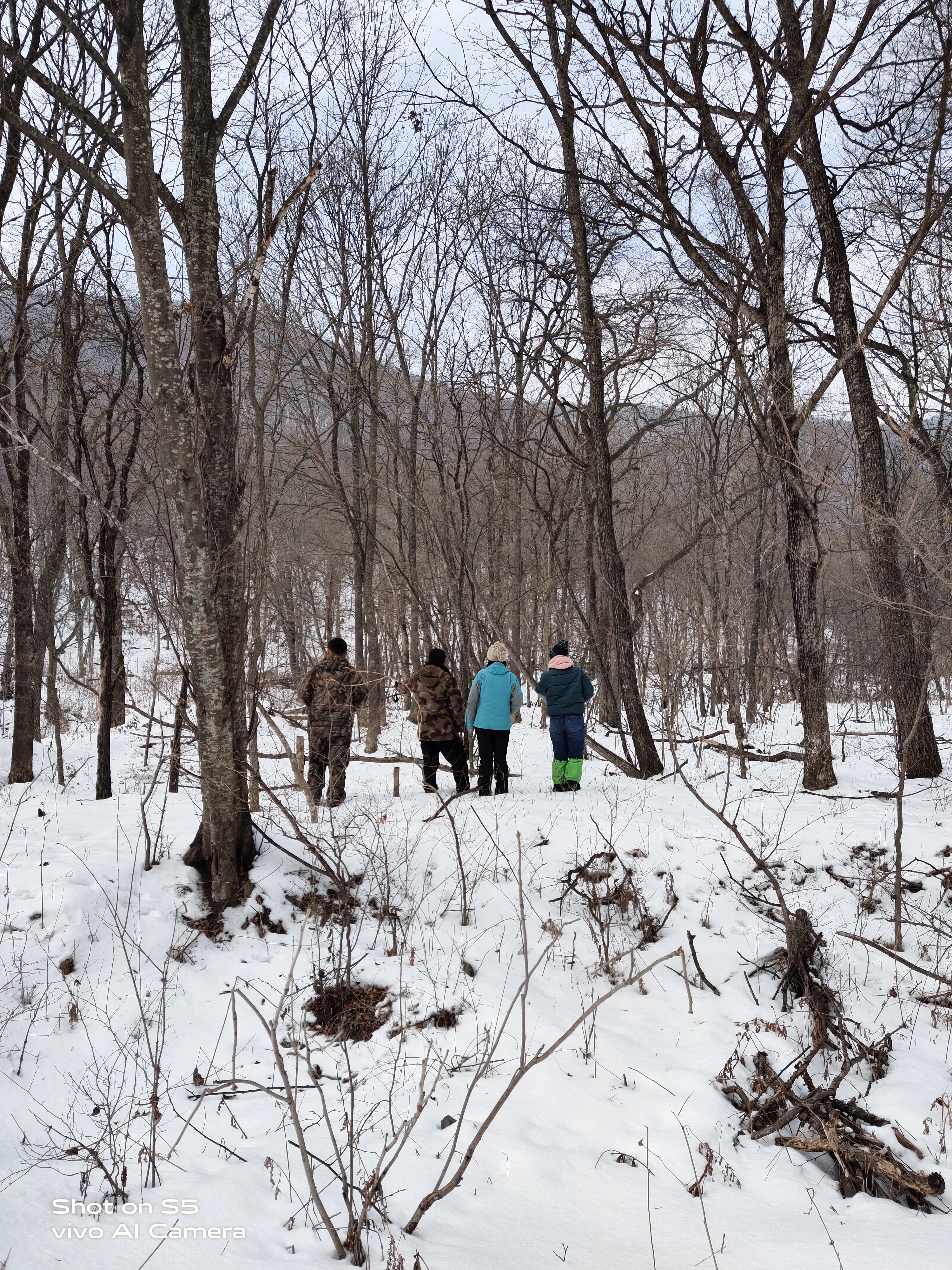WCS China report that during the past six months the project has not been significantly affected by the impacts of the global Covid-19 pandemic despite a delay in nearly a month for the deployment of cameras in Dahuanggou.
WCS has been working in northeast China since 1998 and in the Hunchun Nature (HNR) since its creation in 2001. The reserve is an important entry point for tigers and leopards to move from Russia into China. In 2016 the HNR became part of the new Northeast Tiger Leopard National Park (NTLNP) which is the largest tiger/leopard reserve in the world.
Camera trapping in HNR across 50 sites covered approximately 450 square kilometres of key habitat for Amur tigers and leopards. Traps were active for 13,550 trap nights and resulted in more than 17,843 images and videos of wildlife and human activity.
Initial results show that:
- Amur leopards were captured in 24% of Hunchun sites and tigers 46%.
- 12 individual tigers (4 new) and 5 leopards (2 new) identified.
A second area Dahuanggou, 40 camera traps were deployed at 20 sites in April 2020, covering approximately 180 square kilometres of important habitat for Amur tigers and leopards. This area had been investigated by snow tracking in January 2020 as part of the previous year’s project. Discovering tracks of tigers and amur leopards in the snow helps to identify sites that would be ideal for camera trapping. In January one leopard’s prints were tracked in the snow for 20km.
The full analysis of the data collected in these surveys will be provided at the end of the project period.




